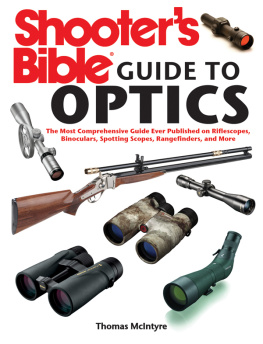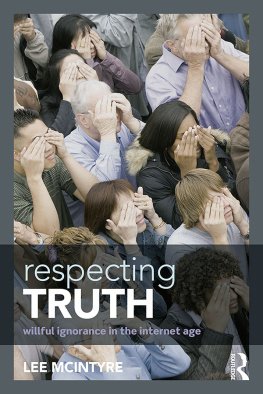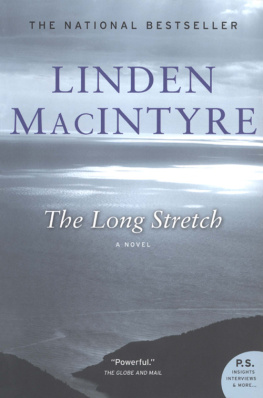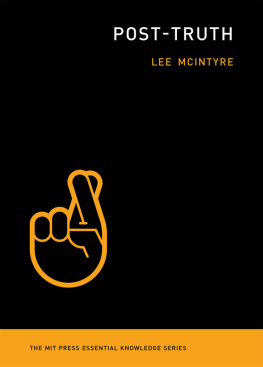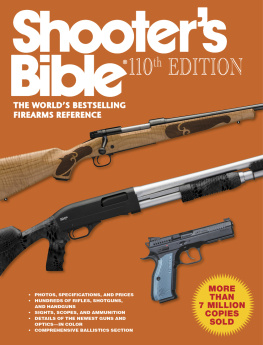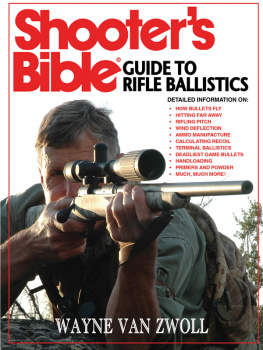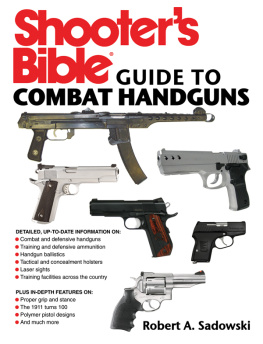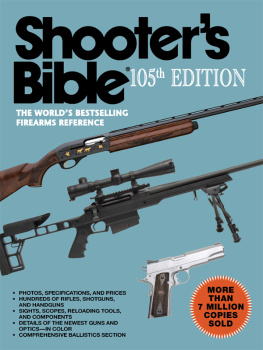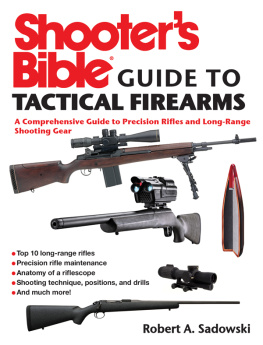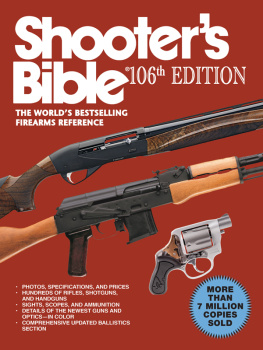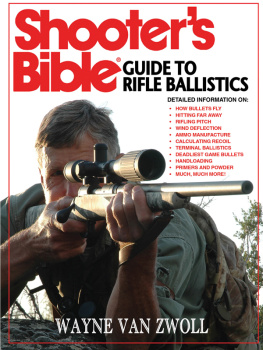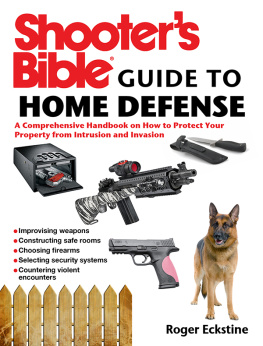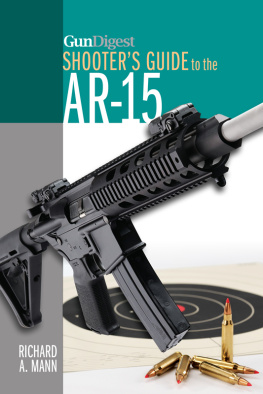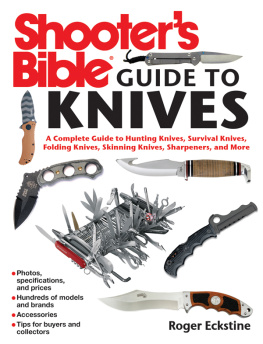Copyright 2012 by Thomas McIntyre
All Rights Reserved. No part of this book may be reproduced in any manner
without the express written consent of the publisher, except in the case of brief
excerpts in critical reviews or articles. All inquiries should be addressed to
Skyhorse Publishing, 307 West 36th Street, 11th Floor, New York, NY 10018.
Skyhorse Publishing books may be purchased in bulk at special discounts for
sales promotion, corporate gifts, fund-raising, or educational purposes. Special
editions can also be created to specifications. For details, contact the Special
Sales Department, Skyhorse Publishing, 307 West 36th Street, 11th Floor,
New York, NY 10018 or .
Skyhorse and Skyhorse Publishing are registered trademarks of
Skyhorse Publishing, Inc., a Delaware corporation.
Visit our website at www.skyhorsepublishing.com.
10 9 8 7 6 5 4 3 2 1
Library of Congress Cataloging-in-Publication
Data is available on file.
ISBN: 978-1-61608-632-9
Printed in China
It is as likely to use a pair of binoculars as it is to pedal a pair of bicycles. The word is binocular.
Acknowledgments
I am deeply obliged to a great number of people for help and assistance in the production of this book. First of all to the optics manufacturers and their sales, marketing, press-relations, and advertising departments and agencies for graciously providing me with the detailed information and high-quality images of their products that I sought for this book. To Ed Beattie and Doug Howlett for their generous contributions from their fields of expertise. I would also like to thank Leroy Van Buggenum of Story, Wyoming, who shares an interest in the testing and using of sporting optics, and with whom I have been able to exchange ideas about what was good and what was bad in riflescopes, binoculars, spotting scopes, reflex sights, and rangefinders. To my long-time editor Jay Cassell of Skyhorse Publishing, who brought this book project to me and who was unfailingly encouraging when I, more than once, wanted to throw my hands up in defeat at the enormity of the enterprise. And to my wife, Elaine, who was both a vital extra set of eyes in reviewing all the material in this book, helped directly with the editing, and who kept the train reliably on the tracks as I focused on completing this workI would say more, but not here. And to the likes of Lippershey, Metius, Janssen, Porro, Chapman, James, Malcolm, Zeiss, Swarovski, Redfield, Leupold, Weaver, and many, many others who invented, designed, innovated, constructed, and refined the art of shooting optics to bring us to the extreme level of performance, clarity, and excellence we enjoy today.
Thomas McIntyre
Sheridan, Wyoming
December 1, 2011
Foreword
G uns are relatively simple, straightforward, unsophisticated, and easy to understand. Their forms and cosmetics change, but the basic machinery remains unchanged year to year. Sports optics, on the other hand, are complex, sophisticated, and change in fundamental ways at a dizzying pace. Three of the categories of equipment covered in this book did not even exist a generation ago.
Choosing a binocular (not binoculars, as Mr. McIntyre notes) or rifle scope used to be sublimely simple. When I started shooting back in the 50s, you got a Weaver scope or, or if you wanted something better, a Lyman or a Stith Bear Cub or a Bausch & Lomb. Zeiss made scopes, as did Hensoldt, but few were adventurous enough to try them. As for binoculars, B&L was the consensus choice, and there were Zeiss and Leitz (not Leica) binoculars that made it here after World War II.
In the 60 years that have passed, a number of things have changed. Asian and European manufacturers have discovered that the United States has millions of shooters and hunters who will cheerfully spend large sums of moneyin some cases, very large sums of moneyto get an optical edge. That is because shooting has gained increasing sophistication with longer and longer ranges being involved, and because hunting has become a much different enterprise from what it once was. Licenses are often hard to get, trophy animals are less common and very expensive, and travel is de rigeur, and costs big bucks.
Our once casual sport is now quite serious. In 1987, Bausch & Lomb came out with a binocular called the Elite. It was a superb instrument and it was the first to break the $1,000 barrier. B&L thought it would sell mostly to birders (who would, and still will, go to almost any optical lengths to differentiate the likes of a dunlin from a sanderling sandpiper) in limited numbers. But hunters and shooters got wind of how good the Elite was, and B&L found itself unable to keep up with the demand, price be damned. Now, it is possible to spend more than three times that on a binocular, and a surprising number of people do it.
The other thing that happened was computers. Calculating the lens profiles of optical instruments used to be a lengthy and laborious process, requiring many, many hours of tedious calculation. But, enter the computer and, as one optics company executive told me, You program it for what you want, leave it running overnight, and in the morning youve got your profile. New designs that once took years to develop now take months.
Let us now talk about people, who still take nine months to produce, and in particular, the author of this book, Tom McIntyre. Ive known Tom for a good many years, and this is what I can tell you about him: He has a ton of hunting experience. You name it and hes been there and shot it. He knows a great deal about optics. He is a fanatic about testing. (He once dragged me into a subzero locker to see how some scope stood up to real cold and damn near froze me to death.) He is gifted with an abundance of common sense. And he writes good. I do not trust the optics nonsense that I read on the Internet, which can be measured only by the metric ton, or hear at the range, but I do trust Tom.
If youre looking to buy an optical sight, or a binocular, or a spotting scope, you are entering a world where it is easy to go wrong. There is a great deal of advice around, and most of it is bad. But not what lies between these covers. And that is why you should trust Tom, too.
David E. Petzal
Field Editor
Field & Stream magazine
Introduction
O ptical illusions are perceptions different from objective reality, and the exact opposite of what the shooter and hunter wants to see through the optical devices he uses. Hunters and shooters use optical devices like riflescopes, binoculars, spotting scopes, and rangefinders to identify their targets, measure the distance to those targets, and to line up their firearms on those targets. They employ these devices to show them the way things actually are out there. For shooters and hunters, their optics are their gauges of objective reality.
While 103 editions of the Shooters Bible have reliably presented galleries and the data of the firearms that are the primary tool of shooters and hunters, there has not existed until now a book dedicated to that other essential component of shooting and huntingoptics. For those of us who know, appreciate, and are fascinated by fine optics, this was an obvious gap. The effort to fill that gap is this book.
The Shooters Bible Guide to Optics reviews the broad spectrum of optical devices of use to hunters and shooters. Hundreds of models of the optics that hunters and shooters need, want to see, and wish to learn about are presented here in a concise, uniform format that will act as a vital tool for the optics consumer and user. For each model the varied configurations it is made in are listed; the specific data, including prices and websites for the manufacturers, for each model are given; and along with an objective written description, the detailed image of the model is shown in full-color. In addition, this book includes a glossary of all the terms and jargon that so often leave optics users perplexed; and the chapters in the book will lead the reader through some of the basic techniques for the effective uses and proper care of optics, so that reader will be able to get the most out of the optics he already owns or will buy.

